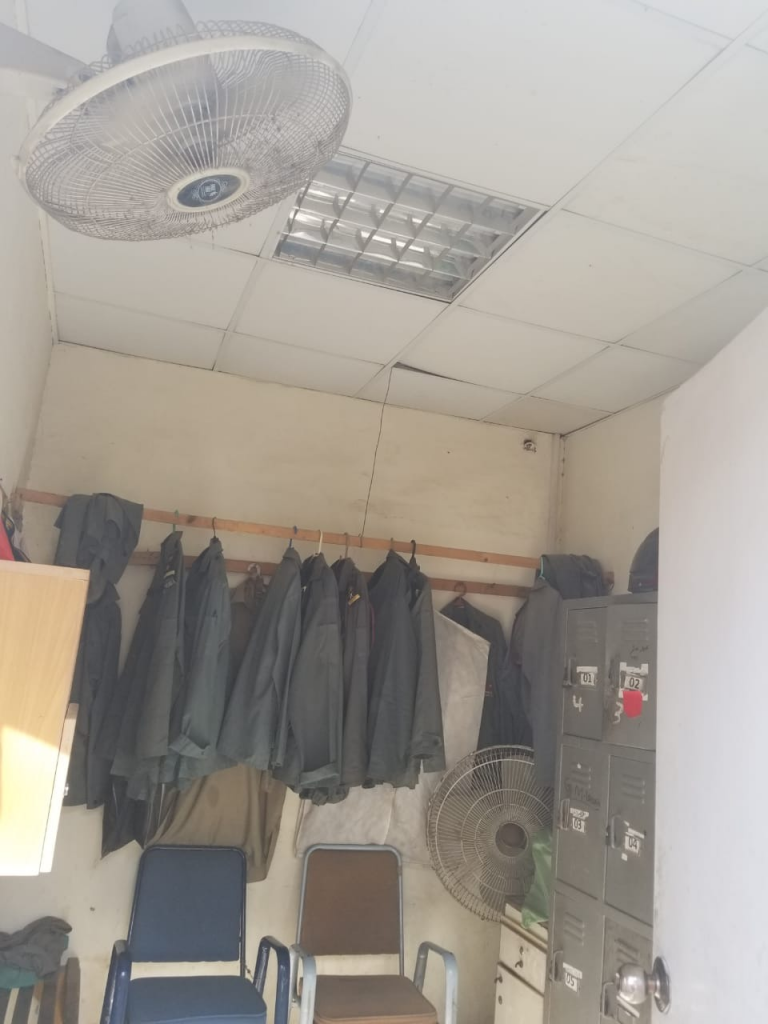Report Prepared: 20th February’ 2020
Team Members: M. Hassaan Qadeer,Usman Ahmed,Urooj Fatima, Syeda Rimsha,Shanze Khan.
TEAM ORPHANAGE
Team Orphanage with its new interns was assigned a task to visit ‘Indus Hospital’ and ‘My Home Al-Mustafa Orphanage’ in order to get the details regarding the site installation and to check the condition of equipment stored at orphanage.

INDUS HOSPITAL
The team left for Indus Hospital at 9:20 A.M. and reached their destination by 10 A.M. Team was received by Mr. Sohail Mateen (supervisor) along with the electrical supervisor. Team Orphanage after detailed conversation with the site attendants and the site visit came forward with the following observations:
1) Building plan:
The building provided by Indus Hospital comprises of 5 rooms including guest room, changing room, security office, financial office and PCM department (Patient Care Manager) The rooms were approximately 12’ x 12’(feet).

The major rooms among the five available rooms were room-1, room-4 and room-5 as distinguished on the basis of connected load. Room-3 is not used much as it serves guests whereas room-2 being the changing room has the least load.


2) Load Consumption:
Team Sawayra did their analysis to highlight both the major and minor loads connected in the building. The only major load found in 4 off 5 rooms was an air-conditioner of 2 Tons. The minor load included lights, bracket fans, printers and dispensers. Complete details of individual rooms are shown in the chart below.

3) Building Condition:
The building which was suggested by the management of Indus Hospital was shabby with walls having seepage and roof of tin sheets.

4) Panel Installation:
The solar panels are advised to be installed on the roof of the opposite building. The roof has a U-shaped construction with a width of approximately 10’(feet). There is no direct access to the roof and for viewing it for survey purpose, the team had to use an external ladder. The space available is not sufficient enough to support a tilting function nor for maintenance.
5) Inverter and Battery Installation:
The room with the main distribution box was allocated for the inverter and battery installation which was hardly sized at 7’ x 4’ (feet). This room was congested and didn’t have any ventilation which can prove dangerous for the batteries due to high temperatures and low air-flow.
SITE FEASIBILITY
The analysis and observations lead to the outcome that the site was not feasible for the panel installation due to several reasons:
• The condition of the site as shown in picture above is not dependable as the seepage affects the integrity of the buildings.
• The roof allocated for panel installation does not have a direct access to the top and an external ladder is provided to reach the roof. This in itself is a major issue as the lifting of heavy panels structure cannot be done in such a risky scenario. Furthermore, it is not spacious enough as the max width will approximately be 10’ (feet) where as the max width of the solar structure provided by the vendor is 9.73’ (feet) approximately, which will lead to the issues of maintenance and testing after panel installation.
• For the purpose of battery installation, the room doesn’t provide any ventilation which may lead to a dangerous situation due to absence of air-flow.
• Finally, the load connected doesn’t serve the hospital directly so the purpose of Sawayra.inc as an non-profit organisation doesn’t fulfill to their best requirement.




